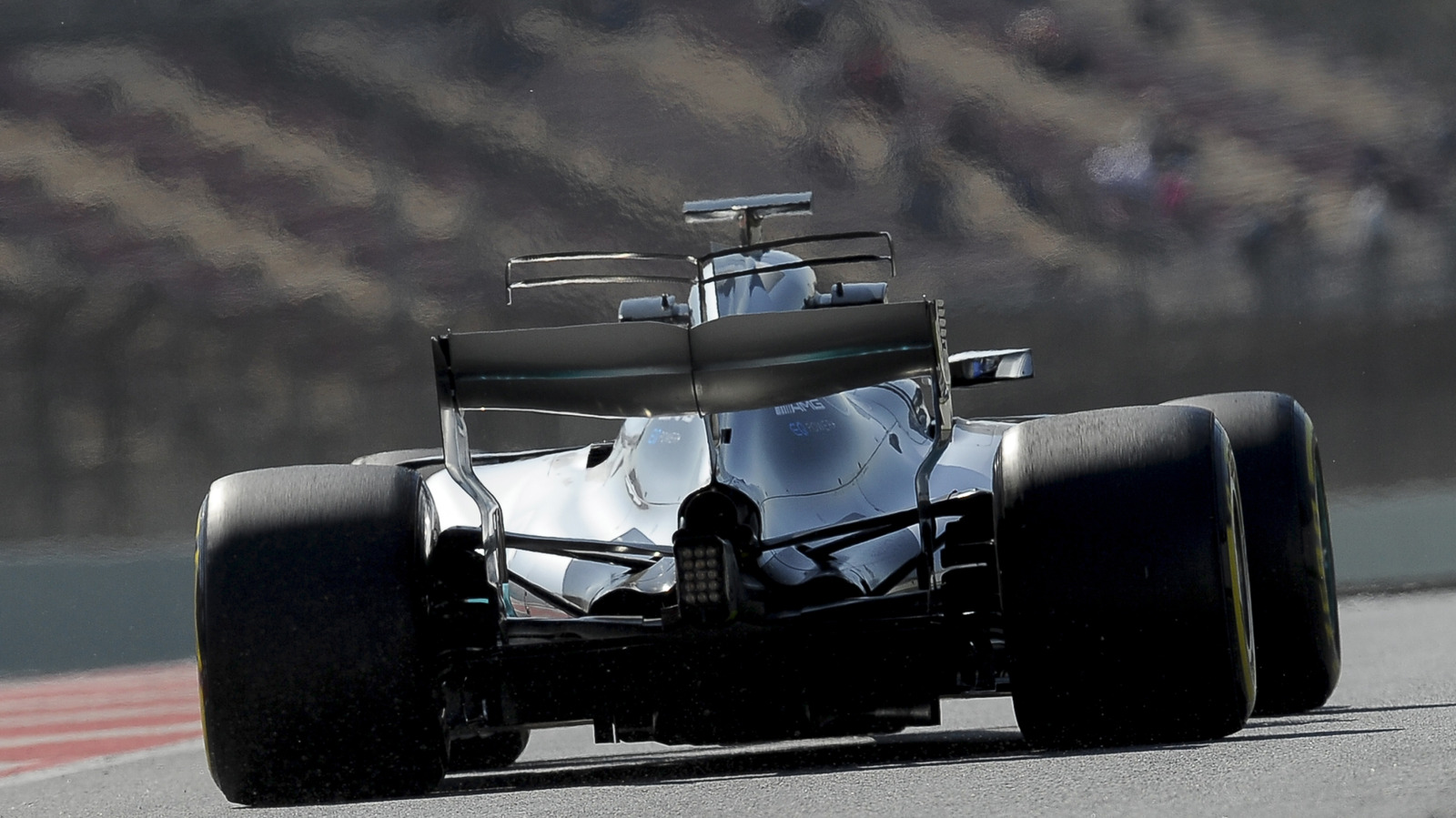The roar of an engine, the blur of speed, the thrill of competition—these define the life of a race car. But what happens once their racing days are over, when these marvels of engineering are deemed obsolete by ever-evolving regulations or the relentless pursuit of speed? The fate of these elite machines, often steeped in rich motorsport history, is far more diverse and intriguing than simply being relegated to a forgotten corner.
For many retired race cars, especially those with significant pedigree or championship wins, their journey often leads to a dignified retirement within private collections or esteemed automotive museums. Here, they become static exhibits, revered pieces of automotive engineering history, allowing enthusiasts to admire their form and recall their past glories without the demands of the track. These machines embody a tangible link to motorsport’s golden eras.
Beyond static display, a significant number of these high-performance vehicles find a new purpose through sale. Race teams, constantly updating their fleets, frequently divest themselves of their older models to recuperate funds or make space for new developments. This creates a vibrant market for secondhand vehicles, offering enthusiasts the unique opportunity to own a piece of competitive automotive heritage.
The value of these collector cars varies dramatically, dictated by their rarity, provenance, and championship success. While a legendary, race-winning Formula One car driven by a world champion can command astronomical sums from global collectors, making headlines as a significant investment, more accessible options exist. For instance, a vintage Formula Ford might be surprisingly affordable, opening the door for many to experience true racing heritage without breaking the bank.
Sometimes, rather than selling the entire retired race car, teams opt to dismantle them. This process sees individual components—from highly tuned engines and sophisticated gearboxes to race-prepared suspension packages—entering the aftermarket. This approach, driven by a desire to recoup value from damaged vehicles or maximize returns, provides a unique opportunity for enthusiasts and mechanics to acquire genuine automotive engineering marvels for restoration projects or custom builds.
The secondhand race car market is incredibly diverse, extending far beyond single-seater formulas. Enthusiasts can discover everything from robust World Rally Championship (WRC) machines built for punishing terrain to exquisitely prepared 1960s GT racers, each carrying its own unique motorsport history. These vehicles, though no longer eligible for their original competitive categories, frequently transition into roles as ultimate track day cars.
Moreover, a thriving ecosystem of historic racing championships provides a competitive outlet for many of these classic machines. These series allow drivers to relive the glory of past eras, pushing these vintage retired race cars to their limits on hallowed circuits. This ensures that their legacy of speed and engineering prowess continues, allowing their stories to be told not just through display but through exhilarating competition once more.
From prestigious museums and high-value private collections to accessible track day companions and components fueling new projects, the afterlife of retired race cars is as dynamic and compelling as their time on the track. These machines continue to inspire awe, offering a tangible connection to the pinnacle of speed and automotive innovation long after their checkered flag has waved for the final time.






Leave a Reply